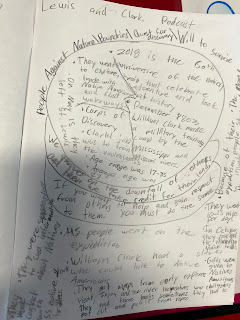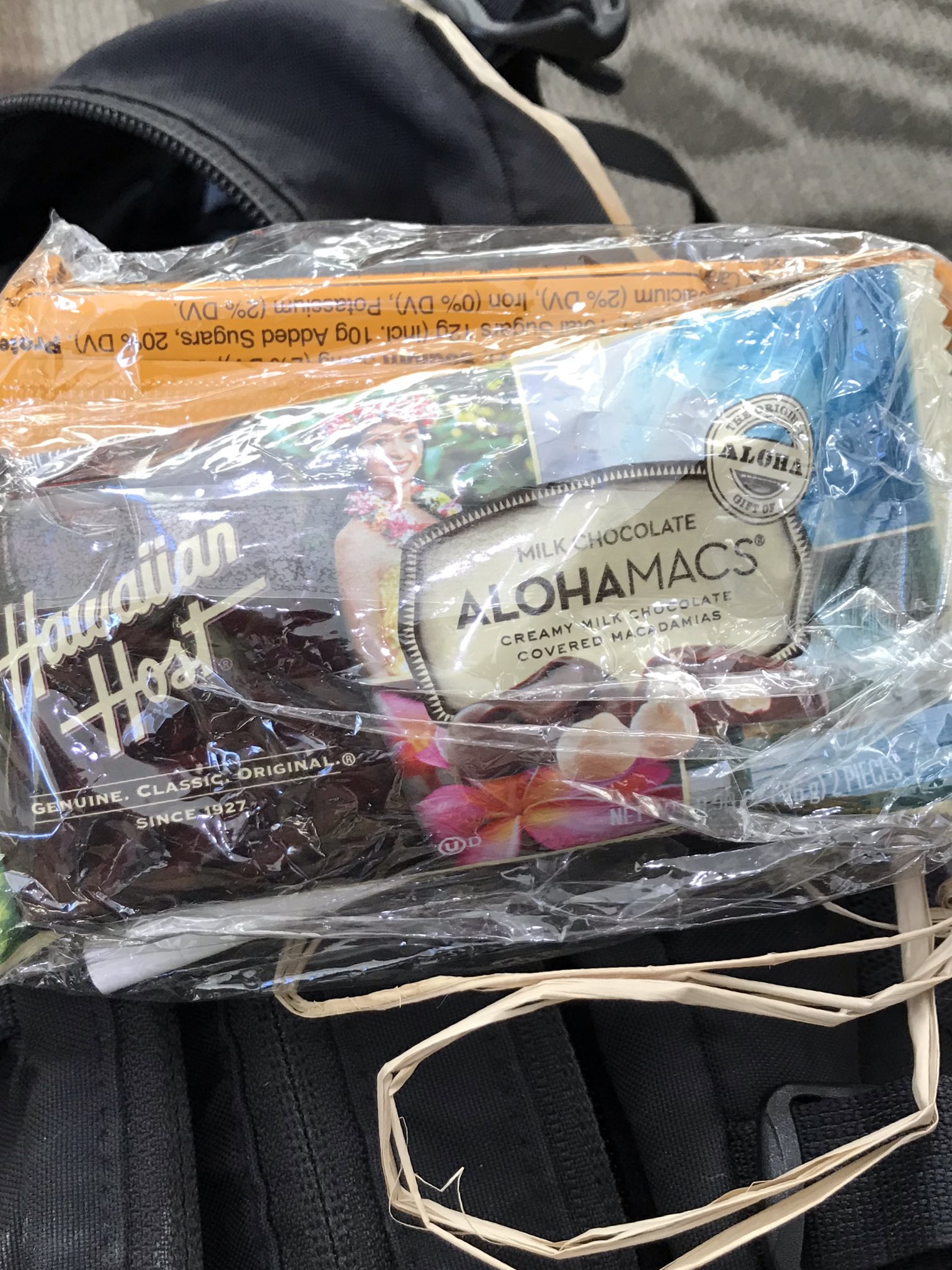"We thrive on the downfall of others and then we take credit for their land."
"If you want help and gain respect from others you must do the same to them."
Two sentences, written by a 6th grader. I was blown away. These thoughts could be from the start of a high school thesis. Middle Level students are so capable of deeper thinking if we give them to tools to express themselves. The more and more I use formative tasks to teach the actual skills I want students to do, in this case understanding Big Ideas, the more and more I believe how powerful the shift to standards based learning is.I started co-teaching a Humanities unit this week with Joy Peterson, our ELA teacher. The wall is open! (we share a folding wall) We did a very successful one last year on 18th century Vermont. This year we are doing Westward Expansion. We planned it out using a KUD (Know, Understand, Do) which really helped us sort the grain size of the learning. It allowed use to use the Ks to plan the days, Us to think about the deeper learning we were looking to see and the Ds to plan our formative and summative tasks. The Do we are assessing is "Big Ideas". To help students understand we took time actually teach the target, not just leave it until the end to provide feedback. It was powerful learning for us and the kids.
We used the story of the Tortoise and the Hare. It's important to make the lesson as universally engaging as possible. By doing that, students are able to focus on the target and the learning and not trying to develop new content understanding at the same time. To help students organize their thinking we introduced a graphic organizer called a snow globe (how timely!). The information that goes inside the snow globe is essentially the 2 on the target scale, the big ideas that go on the outside are the 3 or target and the universal understandings go at the base of the snow globe and are the 4s. We did the Tortoise and the Hare and used the snow globes before moving on to using the snow globes again when looking at diaries of people on the Oregon Trail.
The activity was so successful we are using the snow globe as a daily exit task as students move through the different workshops. They started with Lewis & Clark (and Sacagawea), next week they will look at the Trail of Tears and Vermont Life. Students will use their snow globes from this past week tomorrow to write a diary entry as a member of the Corps of Discovery. Here's the one I started the blog with. The student wrote this after listening to a podcast from the National Park Service about the Lewis & Clark expedition (Joy and I planned for a variety of learning- video, podcast, online article and book) I can't wait to see what they write!
Of course I wait until the end, but it's worth mentioning we started the unit by playing the Oregon Trail. The best day ever for me as a student who loved playing this game back in my elementary school (shout out to Chamberlin school in South Burlington).
If any readers would like to play the 90s game- here's the link and YOU'RE WELCOME! I'm very excited to see how this all continue to progress!















